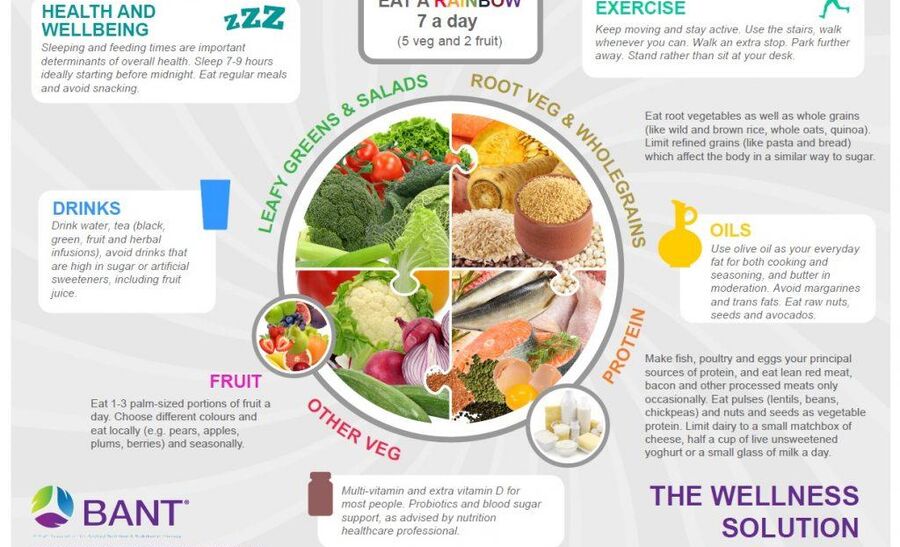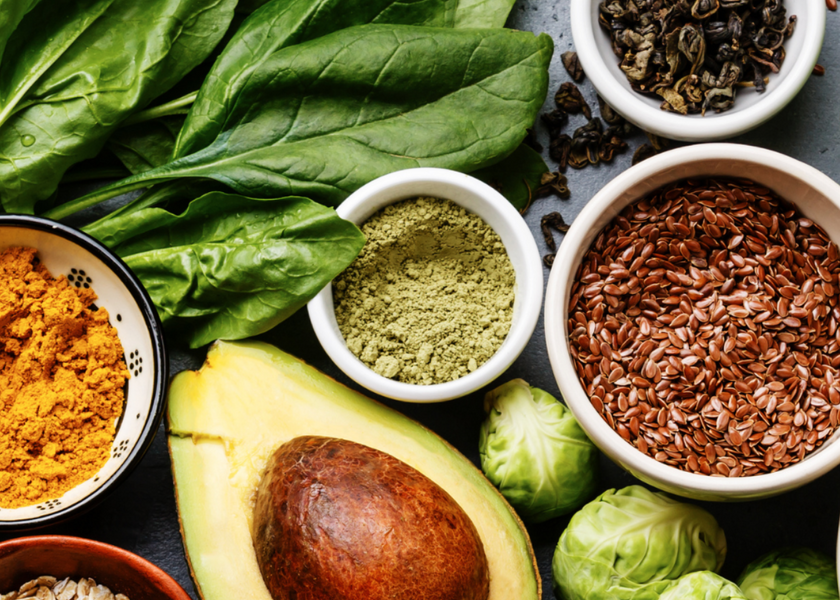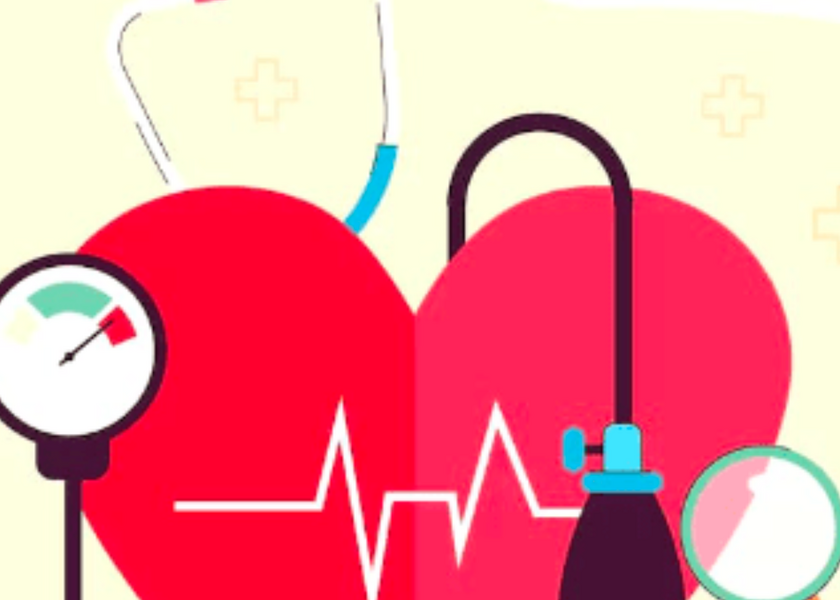
The latest blog from our in-house nutritionist, Annie, talks about the merits of the NHS Eat Well and BANT Wellness plates, and how to use them as a guide.
The NHS Eatwell plate and other Eating Plates
As the Western diet continues to become more and more dominated by ‘Ultra processed foods’, it is important to be given the opportunity to be guided as to what to eat. We don’t all have the luxury to seek professional help from a Nutritional Therapist and so it is worth becoming aware of the Eat Well plates that are suggested by various institutions including the NHS. In this blog I will address the NHS eat well plate and discuss its merits, as well as those of the BANT (British Association of Nutritional Therapists) Plate.
The NHS Eat Well plate
The Eatwell Guide is a policy tool used to define government recommendations on eating healthily and achieving a balanced diet.
Made up of 5 segments, the NHS plate highlights the importance of eating particular ratios of Protein, Fats and Carbohydrates. Its section on Carbohydrates includes Fruits and Vegetables, Grains and Potatoes, and Breads and Pasta. A 3rd segment is dedicated to Protein but is at a much lower ratio. It then suggests Dairy/alternatives and a very small segment on Fats. Here are my thoughts regarding this plate:
- It suggests eating 5 pieces of fruit and vegetable per day which is very supportive for health and increases our levels fibre. I do feel this can be increased to more like 5- pieces of Vegetables per day and maximum 2 pieces of fruit per day.
- Equally ratioed is the starchy carbohydrates and pasta, rice and bread. In moderation all these foods are fine, but I do feel that the ratio here is a little off. You have to be aware that starchy foods all convert to sugar when eaten and metabolised. If this sugar isn’t utilised as energy, the excess energy will be stored as fat. Too much of these foods will promote weight gain if they are not burnt off adequately.
- The fat section is very small which is good but its promoting ‘Low Fat’ options. The problem with low fat options is that they tend to be loaded with other additions – sugar, emulsifiers, thickeners and these aren’t well tolerated. I would always suggest eating these in moderation but considering eating real food, just less of it. Real foods, fat included, actually keep us fuller for longer, taste better and are better tolerated. This is the same for the dairy sections. For example, some low-fat yogurts are great but be careful with low fat yogurts that have sugar added as these will spike your blood sugar levels and leave you craving for more.
- I am pleased that the plate suggests a maximum intake of fruit juice or smoothie to 150ml. This is a small glass and shouldn’t be exceeded. Of course, it is better to eat the whole fruit rather than just the fruit juice to gain the benefits of the fibre. If you are going to drink juice, try to have it from fresh rather than concentrated options and consume in the morning so you have time to burn off the excess sugar.
- The plate highlights the traffic light system on food labels, and I think this is a very useful tool to look out for when buying packaged, processed foods. Always eat foods that are in the green and amber options, and limit foods with red indications where possible.
- The calorie suggestions I find is difficult to comment on because every individual requires a different calorie intake based on height, age, activity expenditure, genes etc so when I see these numbers I would err on the side of caution. For example, I am under 5ft tall, 49 years old and should generally not exceed 1100-1200 cals per day to maintain my weight. A rugby player could quite happily consume 3000-4000 calories per day to maintain their weight. The BANT plate

- Grains and starchy carbohydrates are limited to ¼ of the plate so reduced from the NHS plate. They tend to not highlight bread and pastas as the go-to options but instead highlight grains, pulses, legumes, squashes, sweet potatoes which all contain higher levels of nutritional value than white potatoes, starchy breads and pasta.
- Protein is indicated as a ¼ of the plate and where possible should be Free Range, Organic, Grass Fed or plant-based
½ the plate comprises of a Rainbow of non-starchy carbohydrates consisting of Leafy Greens, Cruciferous - Vegetables, and colourful salads
- Fats are limited and highlighted as Mono and Poly Unsaturated fats – Olive oil, oily fish, avocados, Nuts and
- Seeds in moderation
- It also highlights optimal hydration but warns against artificially sweetened drinks
It touches on supplementation which in some areas we would all benefit from
Finally, it promotes daily exercise which is also key to the maintenance of good health






